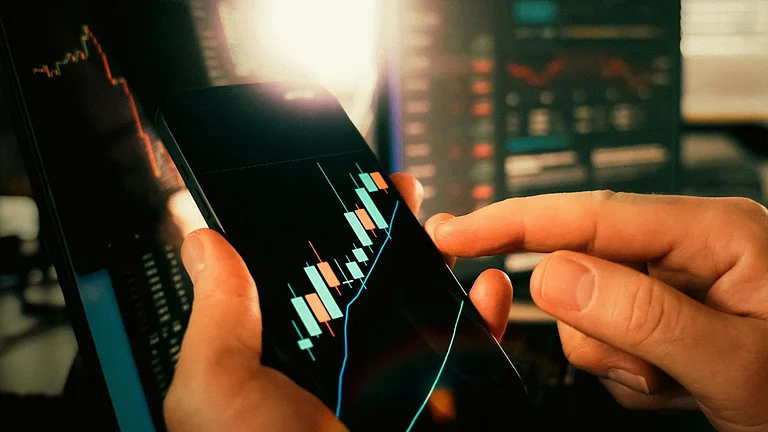NPCI’s Unified Payment Interface (UPI) continues to dominate the country’s digital payment space, recent data shows. The UPI transaction volume has witnessed a 52 per cent growth in the first half of 2024 (1H 2024). According to the report by Worldline India, an omnichannel payments technology player, UPI transactions have increased from 51.9 billion in 1H of 2023 to a remarkable 78.97 billion in 1H 2024.
However, despite this rise in volume, the average ticket size (ATS) of UPI transactions fell by 8 per cent from Rs 1,603 to Rs 1,478.
What Does The Data Say?
The data suggests that UPI’s transaction value has grown significantly up by 40 per cent from Rs 83.16 trillion in 1H 2023 to Rs 116.63 trillion in 1H 2024. This growth reflects the increasing adoption of UPI as a preferred mode of payment by individuals, particularly for person-to-merchant (P2M) transactions.
The total volume of P2M transactions soared 68 per cent, from 29.15 billion in 1H 2023 to 48.94 billion in 1H 2024. This highlights the growing role of UPI in our daily transactions. The value of P2M transactions also increased sharply by 62 per cent to Rs 31.45 trillion reflecting the growing adaptability of the microtransaction segment.
Says Ramesh Narasimhan, chief executive officer, Worldline India, “The data in this report highlights several key trends that showcase the scale and speed at which digital payments are becoming a part and parcel of everyday life across the country.”
“This significant rise in UPI transactions, particularly in the person-to-merchant (P2M) segment, further cements its position as the preferred method for micro-transactions, demonstrating long-term sustainability and even movement to larger transactions in the coming years. The payment infrastructure also continues to grow as well. The number of POS (Point of Sale) terminals deployed on the field crossed the 8.96 million mark,” he adds.
What Are The Most Popular Sectors And Merchant Categories?
People are making the most use of UPI service at ‘grocery stores’ - a place where cash transactions used to dominate once. Following this, restaurants, service stations, clothing stores, and government services also accounted for a significant portion of UPI transactions, representing 68 per cent of the total transaction volume and 53 per cent of the total transaction value for in-store purchases.
Read More: Users Express How UPI Has Replaced Their Wallets And Cards
The online space too saw major contributions from sectors such as e-commerce, gaming, utilities, and financial services, which made up 81 per cent of inline transactions volume and 74 per cent of its value.
The data shows that the trend towards smaller, more frequent transactions has led to a reduction in the ATS, particularly the P2M segment where it dropped 4 per cent to Rs 643. This shows UPI’s increasing adoption for everyday purchases, often for amounts under Rs 100. This is most prominent in categories like groceries, fast food, and telecommunication services.
Digital Payment Infrastructure Grows; UPI Shines
This surge in UPI transactions is supported by the ongoing expansion of the payment infrastructure across the country. The number of POS terminals has risen by 17 per cent to 8.96 million between January 2023 and June 2024, the data shows.
The UPI QRs also saw a remarkable growth of 39 per cent, rising to 340 million from 244.23 million during the same period. The widespread use and deployment of UPI QR codes and POS terminals reflects the increasing adoption of digital payment methods by businesses, both small and big, across the country.
Behind the increasing deployment of POS terminals are leading banks like Axis Bank, ICICI Bank, HDFC Bank, and the State Bank of India. Moreover, fintech applications like PhonePe, GooglePay, and Paytm continue to dominate UPI transactions, collectively holding over 94 per cent of the total transaction volume as of June 2024.
“As India continues to embrace digital payments, the benefits will extend far beyond convenience, driving greater economic participation, financial inclusion, and overall growth,” Narasimhan states highlighting the impact of UPI on the overall growth of the country’s economy and financial growth.













